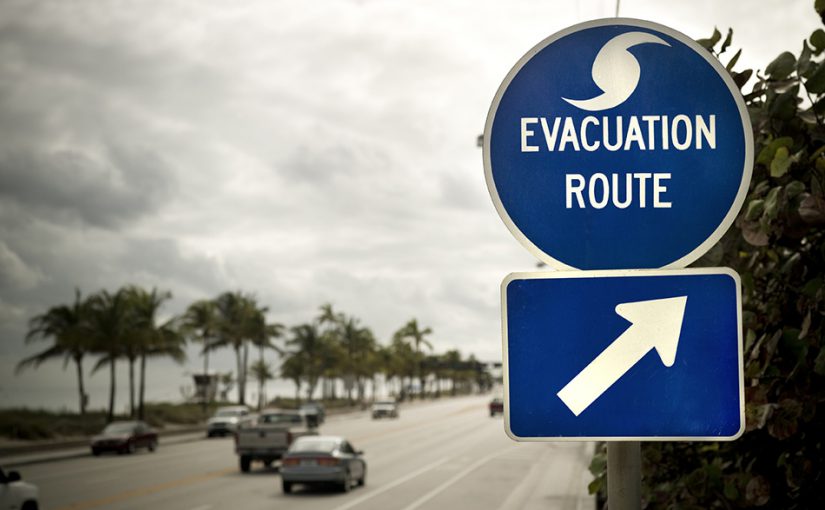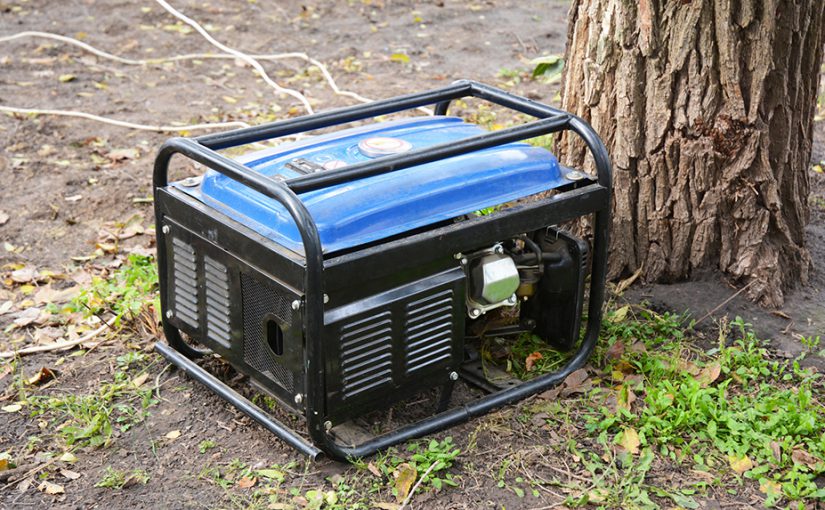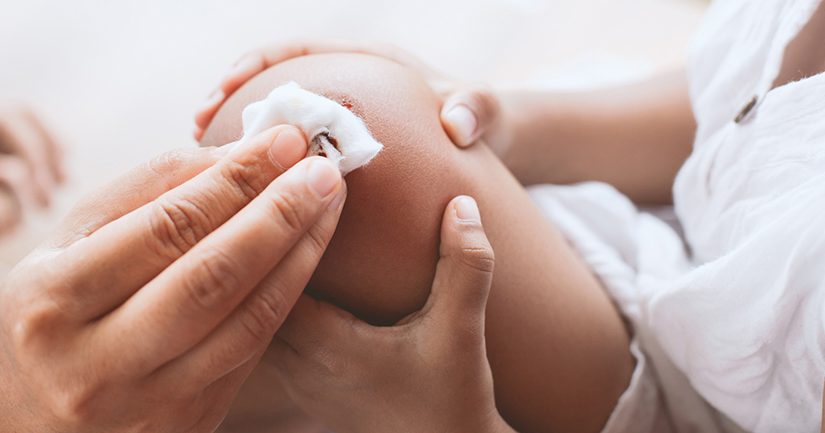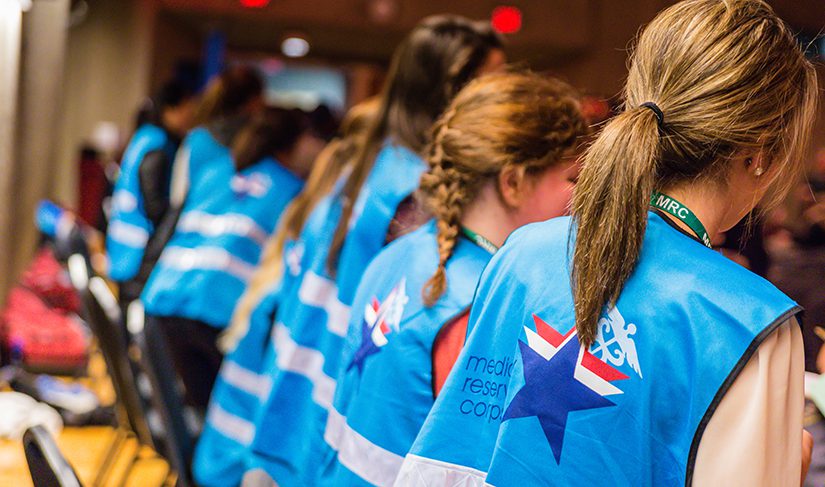Category: natural disasters
Prepare Your Health for Hurricane Season

Andrea. Dorian. Humberto. In all, the World Meteorological Organization (WMO), of which the National Oceanic and Atmospheric Administration (NOAA) is a member, has a list of 21 names that they will use this year to identify hurricanes during the Atlantic hurricane season. What’s in a name? A major hurricane by any name is hazardous to Read More >
Posted on by 1 CommentAfter the Storm: 3 Types of Post-Disaster Poisonings to Know, Prepare For

National Poison Prevention Week (March 17-23) was started in 1962 to encourage Americans to “learn of the dangers of accidental poisoning and to take such preventive measures as are warranted by the seriousness of the danger.” Fifty-seven years later, those threats—and probably some new ones—to personal and public health persist. They can also be prepared Read More >
Posted on by 1 CommentPrepare Your Health: Personal Health Preparedness for People with Bleeding Disorders

March is Bleeding Disorders Awareness Month. Learn more about bleeding disorders, their symptoms, treatments, and how to prepare for emergencies on the Division of Blood Disorders website. Personal health preparedness and planning are important for everyone but essential for people with bleeding disorders. Bleeding disorders, such as hemophilia and von Willebrand disease (VWD), are conditions Read More >
Posted on by 4 CommentsService Beyond Oneself: MRC Volunteers Share Their ‘Why’

The Martin Luther King (MLK) Day of Service is an opportunity to help “strengthen communities, bridge barriers, [and] create solutions to social problems” through volunteering. While there are many ways to strengthen your community, one way is to help your community prepare for public health emergencies. Improving community preparedness and responses to public health emergencies is, of Read More >
Posted on by 4 CommentsThe Neighborly Thing To Do: States Helping States During Disasters

Since 9/11, the CDC’s Public Health Emergency Preparedness (PHEP) cooperative agreement program has been a critical source of funding, guidance, and technical assistance for state and local public health departments, helping to build and maintain a nationwide emergency management system that saves lives through its capability to rapidly respond to threats. But the PHEP program Read More >
Posted on by Leave a commentPartnerships Help Save Lives When Disaster Strikes

Public health emergencies occur every day across the United States. Tornadoes, hurricanes, wildfires, floods, infectious disease outbreaks, terrorist attacks, and other emergencies have all occurred within the past few years and likely will happen again. Communities must be ready in the event of a public health emergency – both those they expect and those that Read More >
Posted on by Leave a comment